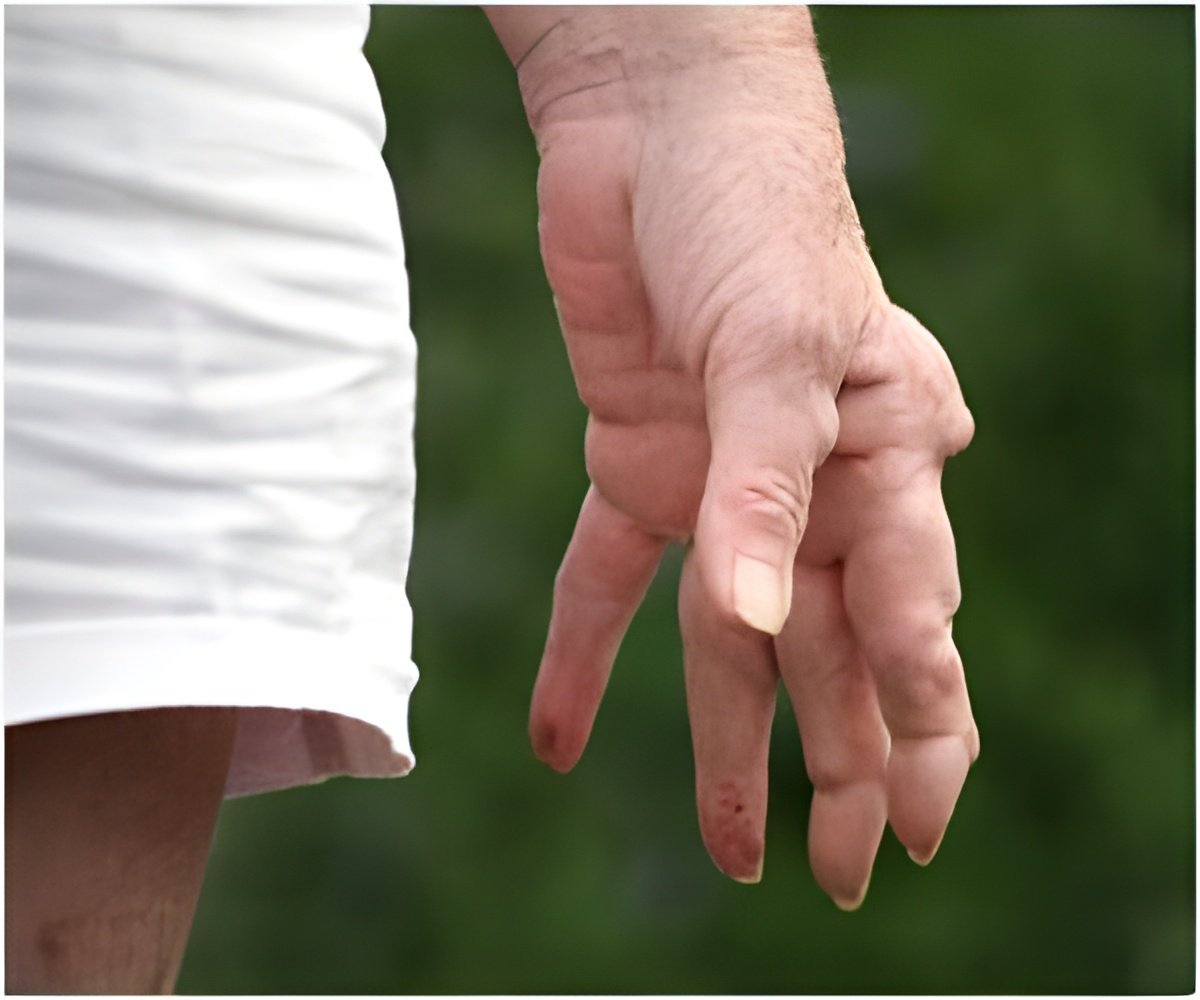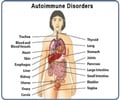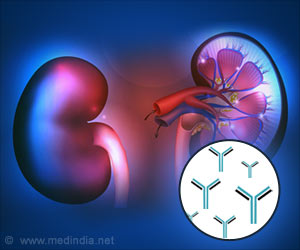Air pollution is associated with increased risk of developing rheumatoid arthritis, reveals research.

Environmental factors have been connected with the development of RA, and exposure through a person''s airways is of particular interest to researchers. Researchers from Brigham and Women''s Hospital in the United States and the Karolinska Institute in Sweden recently examined whether long-term exposure to air pollution is associated with an increased risk of RA. They studied 1,330 cases of RA (as well as an additional 2,235 people without the disease) from the Swedish Epidemiological Investigation of Rheumatoid Arthritis, and 91,203 women from the US Nurses'' Health Study (among whom 762 developed RA over 30 years of follow up).
The researchers predicted exposures to several common air pollutants, classified as either gaseous (air pollution in gas form, such as carbon monoxide, sulfur dioxide and nitrogen dioxide) or particulate (air pollution that contains tiny particles, such as soot or dust), at homes of all participants based upon residential addresses. Then, they examined the association between increases in these different components of air pollution with the increased risk of developing RA. While looking at the risk associations between air pollution and RA, the researchers took into account other variables that might affect RA risk, such as age, gender, socioeconomic status, education, race, smoking ,reproductive factors, hormone use, physical activity and body mass index.
In both the Swedish and American studies, researchers found no evidence of an increased risk of RA related to particulate air pollution. "We were surprised that we did not observe evidence of an increased risk of RA with increasing levels of particulate matter, since our previous work had shown elevated risks of RA in women living close to major roads," says lead investigator in the study, Jaime Hart, MD; instructor in medicine at Brigham and Women''s Hospital, Boston, Mass. "However, this may just mean that our predictions of particulate matter have more error than our models of the gaseous pollutants."
In contrast, in the Swedish study, increasing exposure to the gaseous air pollutants (sulfur dioxide and oxides of nitrogen) in the 10 and 20 years prior to onset of RA were associated with an increased risk of the disease. Going from low to high exposure to sulfur dioxide, nitrogen dioxide, or nitrogen oxide were associated with an up to seven percent, 11 percent, and seven percent increased risk for RA, respectively.
These risks were higher in individuals with less than a university education, a measure of socioeconomic status, than in individuals with at least a university education. Dr. Hart explains, "This may be because individuals with a lower socioeconomic status are more likely to live in houses where more air pollution leaks in from the outside or other factors such as general health status that may make them more susceptible to the effects of air pollution."
Advertisement
"Overall, in both studies it appeared that individuals with higher exposures to sulfur dioxide had a modestly increased risk of RA. As this is the first study to examine the effects of air pollution on RA risk, it is important to validate these findings in other studies, and in populations with a wide range of socioeconomic backgrounds," explains Dr. Hart.
Source-Newswise














